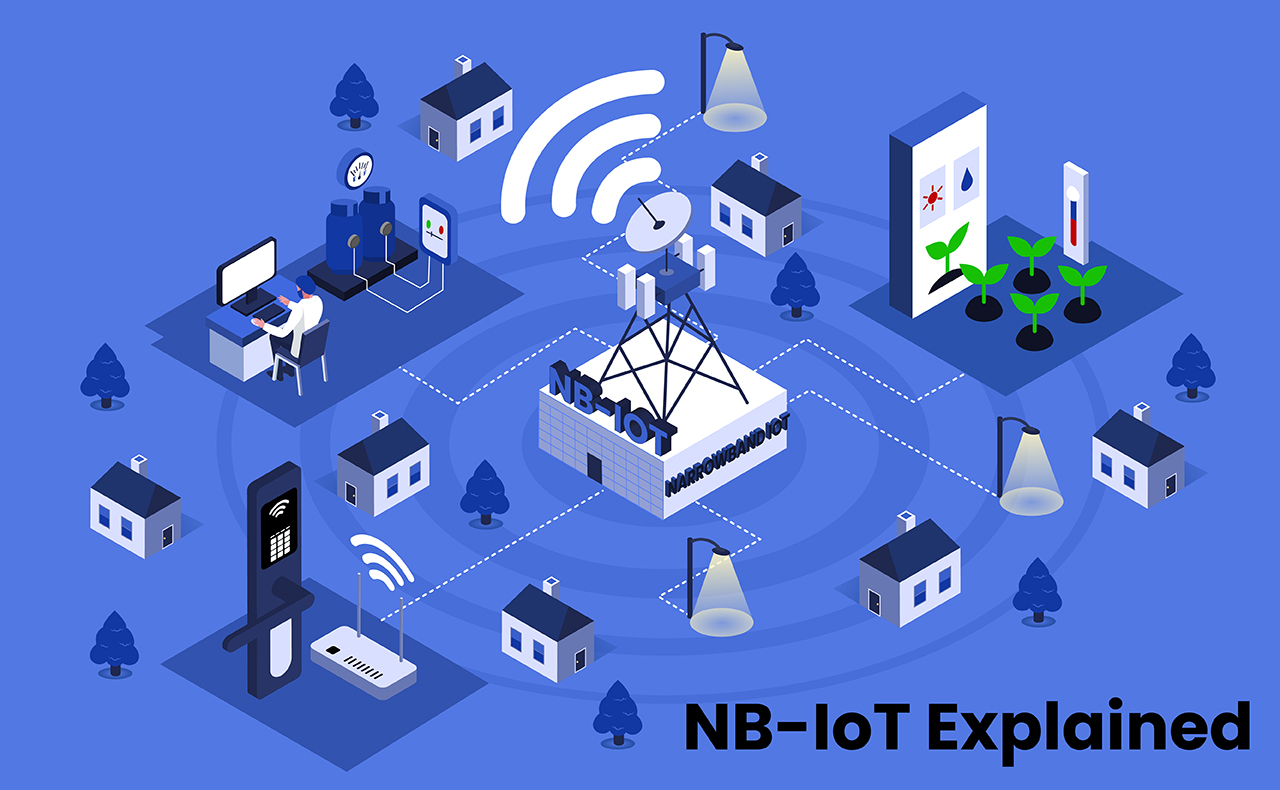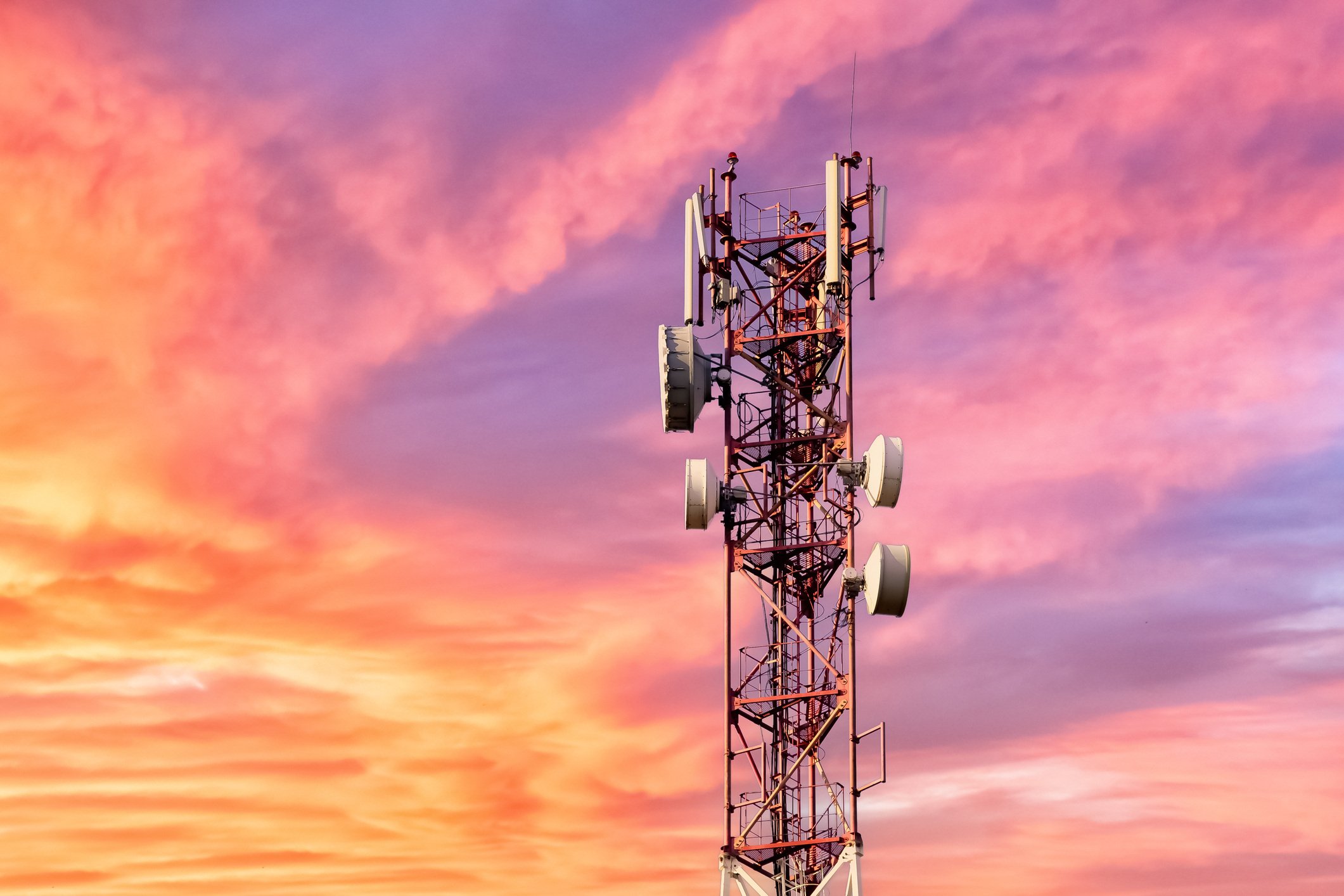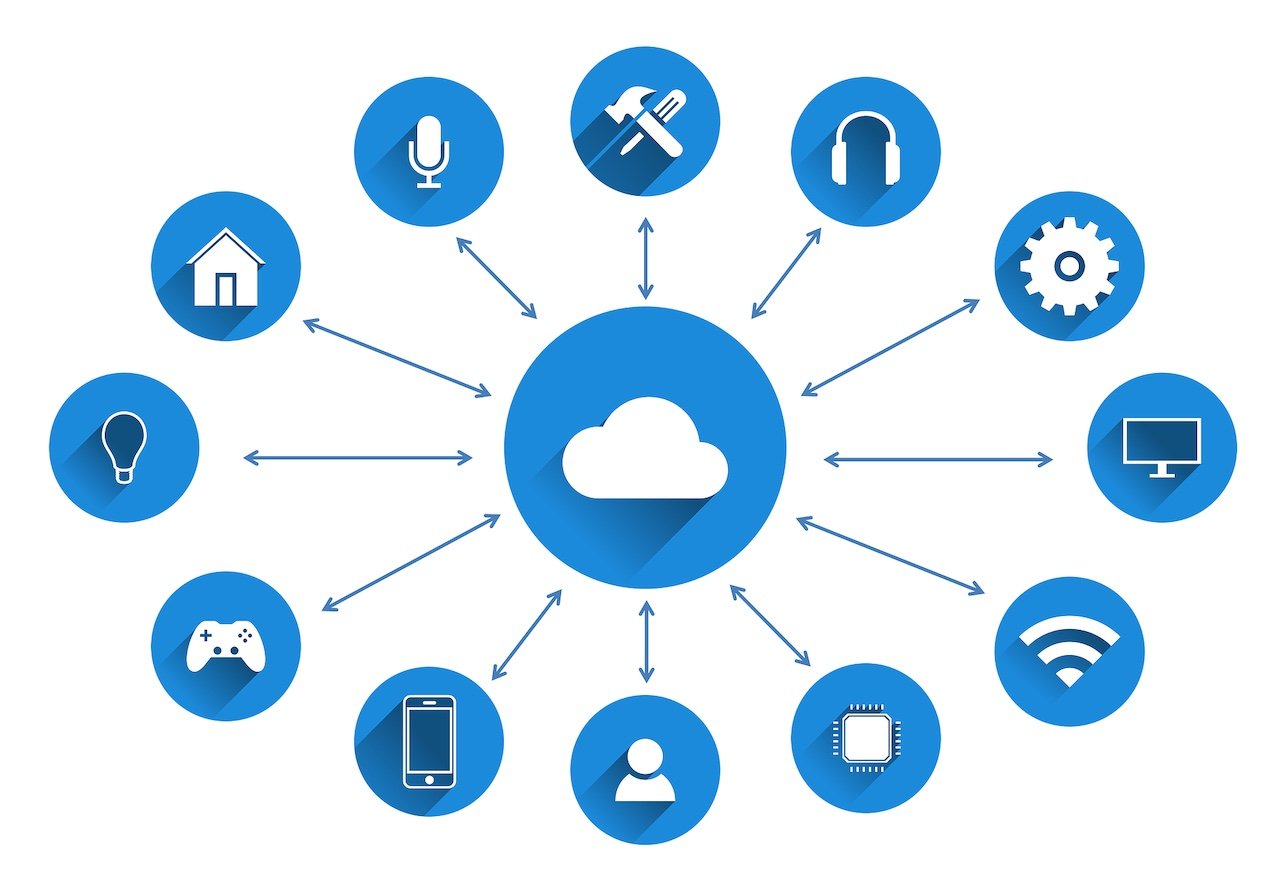
- April 2025 (1)
- March 2025 (2)
- February 2025 (1)
- December 2024 (2)
- November 2024 (2)
- August 2024 (2)
- June 2024 (3)
- May 2024 (3)
- April 2024 (1)
- March 2024 (3)
- February 2024 (2)
- January 2024 (2)
- December 2023 (1)
- November 2023 (2)
- October 2023 (2)
- September 2023 (1)
- August 2023 (1)
- July 2023 (2)
- June 2023 (3)
- May 2023 (2)
- April 2023 (1)
- March 2023 (4)
- February 2023 (1)
- January 2023 (2)
- November 2022 (2)
- October 2022 (1)
- September 2022 (1)
- August 2022 (2)
- July 2022 (2)
- June 2022 (2)
- May 2022 (1)
- April 2022 (3)
- March 2022 (1)
- February 2022 (3)
- January 2022 (2)
- December 2021 (1)
- November 2021 (1)
- October 2021 (2)
- September 2021 (3)
- August 2021 (1)
- July 2021 (4)
- June 2021 (1)
- May 2021 (2)
- April 2021 (2)
- March 2021 (2)
- February 2021 (3)
- January 2021 (3)
- December 2020 (1)
- October 2020 (1)
- August 2020 (1)
- August 2019 (1)
- January 2019 (2)
- September 2018 (5)
- June 2018 (1)
- November 2017 (1)
- September 2017 (1)
- July 2017 (1)
- May 2017 (1)
- January 2017 (1)
- October 2016 (2)
- August 2016 (1)
- July 2016 (1)
- June 2016 (1)
Subscribe by email
NB-IoT, short for the Narrowband Internet of Things, is a form of connectivity designed to address the unique battery life and bandwidth requirements of some IoT devices. Standardized in 2016, NB-IoT extends the coverage for IoT devices on mobile carrier networks beyond the capabilities of existing cellular IoT technologies. Unlike 4G-LTE or 5G networks that prioritize high-bandwidth applications, NB-IoT is a cost-effective and scalable solution for low-power IoT applications. NB-IoT provides IoT devices with a longer range of coverage, deeper building penetration, and optimized power consumption to support longer battery life requirements.
Discover how NB-IoT can provide your IoT devices with energy savings and lower operational costs. And learn how Zipit Wireless can help you leverage the benefits of NB-IoT with data plans and SIM cards for seamless connectivity and secure communication, as well as a platform to streamline device management, enable efficient deployments, and track and monetize data usage.
What is NB-IoT?
NB-IoT is a low-power wide-area network (LPWAN) technology designed for long-range IoT deployments that don’t require continuous data transfer. It operates on a single narrowband radio frequency within a cellular network, allowing for more efficient use of spectrum and a longer data transmission range.
The use of a single 200 KHz narrowband extends coverage capabilities, enabling IoT devices to connect in remote and challenging environments. It also provides deeper penetration than 3G technologies, which ensures reliable connectivity in areas with weak network signals, like inside buildings. Power-saving modes significantly extended the battery life of devices on an NB-IoT network, resulting in reduced maintenance costs and long-term operation.
NB-IoT operates on licensed frequency bands within the existing mobile infrastructure, distinguishing it from other LPWAN technologies. Bandwidth is allocated to optimize the use of spectrum, and transmission repetitions ensure reliable coverage for NB-IoT applications. Leveraging the infrastructure of mobile networks for NB-IoT eliminates the need for large investments in new infrastructure. However, deploying NB-IoT networks does require additional hardware on cellular towers, leading to a slower rollout compared to technologies like 4G-LTE or 5G.
Learn more: 6 Types of Wireless IoT Technology
NB-IoT applications
- Oil and gas: NB-IoT allows for remote monitoring of oil and gas meter operations.
- Smart agriculture: NB-IoT enables crop monitoring and irrigation control to optimize the use of resources and improve productivity for smart farming.
- Smart cities: NB-IoT is used in parking management and waste management systems for greater efficiency.
- Wildlife management: NB-IoT aids in environmental monitoring and tracking by collecting valuable data on animal behavior, habitats, and movements to protect and conserve wildlife.
- Healthcare: NB-IoT supports remote patient monitoring, so healthcare providers can monitor health data sent from patient wearable devices for timely interventions and more personalized treatment plans.
Learn more: A Guide to IoT Smart City Technology
Advantages and disadvantages of NB-IoT
When comparing NB-IoT with other cellular IoT technologies like LTE-M, another LPWAN technology designed specifically for IoT, it’s essential to consider the following advantages and disadvantages.
Advantages of NB-IoT
1. Lower power consumption
The low power consumption of NB-IoT is significant for devices that operate remotely or in locations where power sources are limited or inaccessible. Because of the small amount of data transferred, NB-IoT devices don’t require robust operating systems that consume a lot of power. Instead, systems are lightweight and streamlined to provide enough power for essential data transfer while minimizing the use of resources.
Power-saving features like Power Saving Mode (PSM) and Extended Discontinuous Reception (eDRX) preserve the power of battery-operated devices. PSM allows NB-IoT devices to sleep state when they are not actively transmitting or receiving data. eDRX increases the interval between device wake-ups so the device can spend more time in a sleep state to conserve energy.
2. Lower costs
NB-IoT deployments are more cost-effective than 4G LTE or 5G for several reasons. The first is that NB-IoT devices don’t transfer as much data, so costs for data plans are lower. NB-IoT hardware, like modems, aren’t as complex and don’t cost as much as hardware for other technologies like 5G.
Because NB-IoT can operate on existing carrier bands, deployments are less expensive compared to other LPWANs. Additionally, some LPWAN deployments require a gateway device to connect to the network, but NB-IoT connects directly, eliminating the cost of a gateway.
3. Efficient use of spectrum
Two primary characteristics of NB-IoT make its use of spectrum more efficient. First, NB-IoT networks can operate on narrow bandwidths because they don’t require heavy and continuous data transfer. These narrow bands of spectrum provide space for more devices on the network, making NB-IoT a scalable solution. Secondly, NB-IoT can make use of “guard bands,” or space between frequency bands left unallocated to prevent network interference on mobile networks.
4. Better indoor coverage
NB-IoT is ideal for IoT devices in buildings, underground, or remote locations because of its use of a single narrow band. This narrow band allocation increases power transmission density and deepens signal penetration. NB-IoT networks also use signal repetition to retransmit data packets and enhance the reliability of data transfer. This retransmission makes NB-IoT’s coverage more extensive than other cellular technologies.
5. High device capacity
Low power consumption and device complexity make high device density within an NB-IoT network scalable. With reduced power requirements, NB-IoT enables the connection and operation of a larger number of devices within a given coverage area. This scalability is vital for accommodating numerous devices in large-scale IoT deployments without overwhelming power resources.
Disadvantages of NB-IoT
1. Possible rollout lag times
NB-IoT deployments often require additional hardware components, such as specialized modules, to be installed on cellular towers. Installing this hardware can take time and may involve coordination with multiple stakeholders, including network operators and infrastructure providers.
2. Lower data transmission
NB-IoT is less powerful than LTE-M–it doesn’t have the speed or bandwidth for high data transfer. This is a disadvantage for IoT applications that demand large amounts of data. For instance, NB-IoT would not be suitable for devices that require video transmission.
3. Higher latency
NB-IoT is not a good choice for applications that require constant, real-time data transfer. NB-IoT has higher latency compared to technologies like 4G-LTE or 5G, which can introduce delays in data transmission.
4. Less mobility
NB-IoT is primarily designed for stationary or low-mobility devices. It does not support the seamless handover between network cells that 4G-LTE and 5G do, making it less suitable for applications involving high device mobility, such as fast-moving vehicles or asset-tracking. It is possible to use NB-IoT for mobile devices, but it’s not as efficient because of the disruption in connectivity and the high use of battery power during handovers.
5. Less global coverage due to inconsistent deployment
NB-IoT networks are available in North America, but deployment is not as widespread in other parts of the world. Fewer cellular carriers have roaming agreements for NB-IoT networks than mobile. More contracts from different carriers are required for more extensive global coverage.
Learn more: The Fundamentals of Global IoT Connectivity
Is NB-IoT right for your solution?
When deciding between NB-IoT and other cellular technologies for an IoT deployment, consider the following factors.
- Range of coverage: NB-IoT offers excellent coverage and can penetrate obstacles, making it suitable for applications that need connectivity in remote or hard-to-reach areas.
- Data requirements: NB-IoT is designed for applications that generate small amounts of data at infrequent intervals. If your application requires high-bandwidth data transfer or real-time communication, NB-IoT may not be the best fit.
- Power consumption: NB-IoT is optimized for low-power consumption, making it suitable for battery-powered devices that need long operational lifespans. If power efficiency is a critical factor for your application, NB-IoT could be a good choice.
- Latency tolerance: NB-IoT may have higher latency compared to other wireless technologies due to its low-power, long-range design. If your application requires real-time responsiveness, consider alternatives with lower latency.
NB-IoT is a cost-effective solution for scaling a massive number of connected devices. But connecting to a network is just one component in an NB-IoT deployment. Like all forms of cellular IoT connectivity, an NB-IoT ecosystem requires data plans, SIM cards, and a connectivity platform to scale and manage IoT devices. Data plans provide the necessary network access and data allowances for devices, SIM cards authenticate the device on the network for secure communication, and the connectivity platform enables the management and monetization of devices on the NB-IoT network.
Zipit Wireless can provide you with all of the above, along with expert guidance to help you monetize and scale your IoT solution using our subscription billing platform. We’re here to assist you every step of the way, before, during, and after deployment. We handle negotiations and contracts with carriers and streamline all data plans into one platform, so you can manage all connected devices with ease. Contact us to learn more about how we can help you maximize your IoT connections.
You may also like:
Related Content
The latest IoT insights and platform updates from Zipit.
IoT devices need flexible network technologies optimized for low-power application...
The network an IoT device selects significantly impacts the strength and reliabili...
Deploying an IoT solution brings significant value to businesses, but it also intr...



